Think cooking pasta is simple? Sure—but cooking it right is another story.a
Most home cooks boil, drain, and dump on sauce without a second thought. But if you want pasta that actually tastes like it came from a restaurant, you need to know more than just timing.
We’re talking about choosing the right pasta shape, hitting that perfect al dente bite, and making sure your sauce doesn’t just sit there—it clings, coats, and elevates every forkful. Whether you’re pulling together a lazy weeknight dinner or showing off for guests, mastering a few key techniques can turn your pasta from bland to brilliant.
This guide breaks down the good stuff: how much salt to really use, when to marry your pasta with the sauce, and why the pasta water you usually toss might be your secret weapon. Nail these details, and pasta won’t just be another meal—it’ll be your signature move.
Pasta Is A Staple!
Thanks to the great American melting pot, pasta is a staple in the United States. So let’s look at how not to Cook pasta.
When “spaghetti and meatballs” turns up on children’s menus, you know what was once brought over by Italian immigrants is now as American as apple pie. I’d be willing to bet that most of you reading this have at least a box or two of dried pasta in the pantry, if not some fresh pasta in the refrigerator.
Americans eat roughly 20 pounds per capita of pasta annually. While that seems a lot, the folks in these countries have us beat: Switzerland, Greece, Tunisia, Venezuela and Italy. Italians, no surprise, consume the most pasta annually at just over 57 pounds per capita!
Pasta has been a staple in Italy for hundreds if not thousands of years. The most widely accepted theory of who “invented” pasta is that Arabs brought it with them during their invasions of the Italian peninsula in the 8th century AD. The making of both dried and fresh pastas proliferated from there, and dried pastas were especially prized for their keeping ability and nutritional content.
Contrary to what fans of low-carb diets would have you believe, pasta is not a “bad food.” The carbohydrates in pasta are broken down slowly over time and don’t cause extreme spikes in blood sugar. Indeed, most semolina-based pasta products are rated as having a low glycemic index.
Furthermore, pasta is relatively low in calories and fat but high in protein, complex carbohydrates for energy, fiber and B vitamins. All that without sauce! Add some flavorful, low-fat sauce containing a wide variety of fresh vegetables, and you’ve got a seriously nutritious dish.
While fresh and dried pasta are certainly related, they are not identical. Most dried pastas are made from 100% semolina flour. Semolina is ground from durum wheat, a hard wheat with a high protein content. Enough water is mixed with the flour to create a strong dough which is then kneaded and rolled and finally cut or extruded into specific shapes.
If you look at the ingredient list on a box of dried pasta, you will see that water is not even listed as an ingredient. The water is only there to form the dough before shaping and drying.
Fresh pasta is made from dough that often contains eggs, salt and a bit of fat as well as flour. Fresh pasta is generally more delicate than dried and also cooks much more quickly.
While the cooking of pasta seems fairly straightforward, there are some pitfalls to watch out for.
How much Pasta Per Person?
A good rule of thumb is to prepare about 2 ounces (56 grams) of dry pasta per person for a main course. This generally equals 1 cup of cooked pasta. If the pasta is part of a larger meal with multiple courses or sides (think Chicken Parmigiana), you can reduce the amount to 1 to 1.5 ounces (28-42 grams) per person.
For fresh pasta, increase the portion size to about 3-4 ounces (85-113 grams) per person, as it’s denser and more filling.
Adjust based on the type of pasta or appetites, especially for heartier sauces or hungrier eaters!
Here’s a breakdown of how many people different amounts of dry pasta will feed based on the 2-ounce (56-gram) per person rule:
- 1 pound (16 ounces) of pasta feeds about 8 people.
- 3/4 pound (12 ounces) of pasta feeds about 6 people.
- 1/2 pound (8 ounces) of pasta feeds about 4 people.
- 1/4 pound (4 ounces) of pasta feeds about 2 people.
These estimates are for pasta as a main course. If you’re serving pasta as a side dish, you can stretch it to feed a few more people.
How Much Water
When cooking one pound of pasta, it’s recommended to use 4 to 6 quarts (16 to 24 cups) of water. Plenty of water helps prevent the pasta from sticking together and ensures it cooks evenly. A good rule is to aim for about 1 quart (4 cups) of water per 4 ounces of dry pasta.
For optimal results, bring the water to a rolling boil before adding the pasta, and generously salt the water to enhance the pasta’s flavor. WHY?
Bringing water to a boil before adding pasta serves several important purposes:
- Even Cooking: Boiling water ensures that the pasta cooks evenly. If pasta is added to water that needs to be hot enough, it may start cooking unevenly, leading to overcooked or mushy parts.
- Prevents Sticking: Starting pasta in rapidly boiling water keeps the starches on the surface from releasing too quickly, which can make pasta stick together.
- Proper Texture: Boiling water helps pasta cook to the ideal “al dente” texture, which is tender but firm to the bite. Adding pasta to water that is not yet boiling can lead to soggier pasta.
- Faster Cooking: Boiling water reaches a higher temperature than simmering water, speeding up the cooking process and ensuring the pasta doesn’t absorb too much water, which could affect its texture.
Waiting for the water to boil before adding pasta is crucial for the best texture and taste.
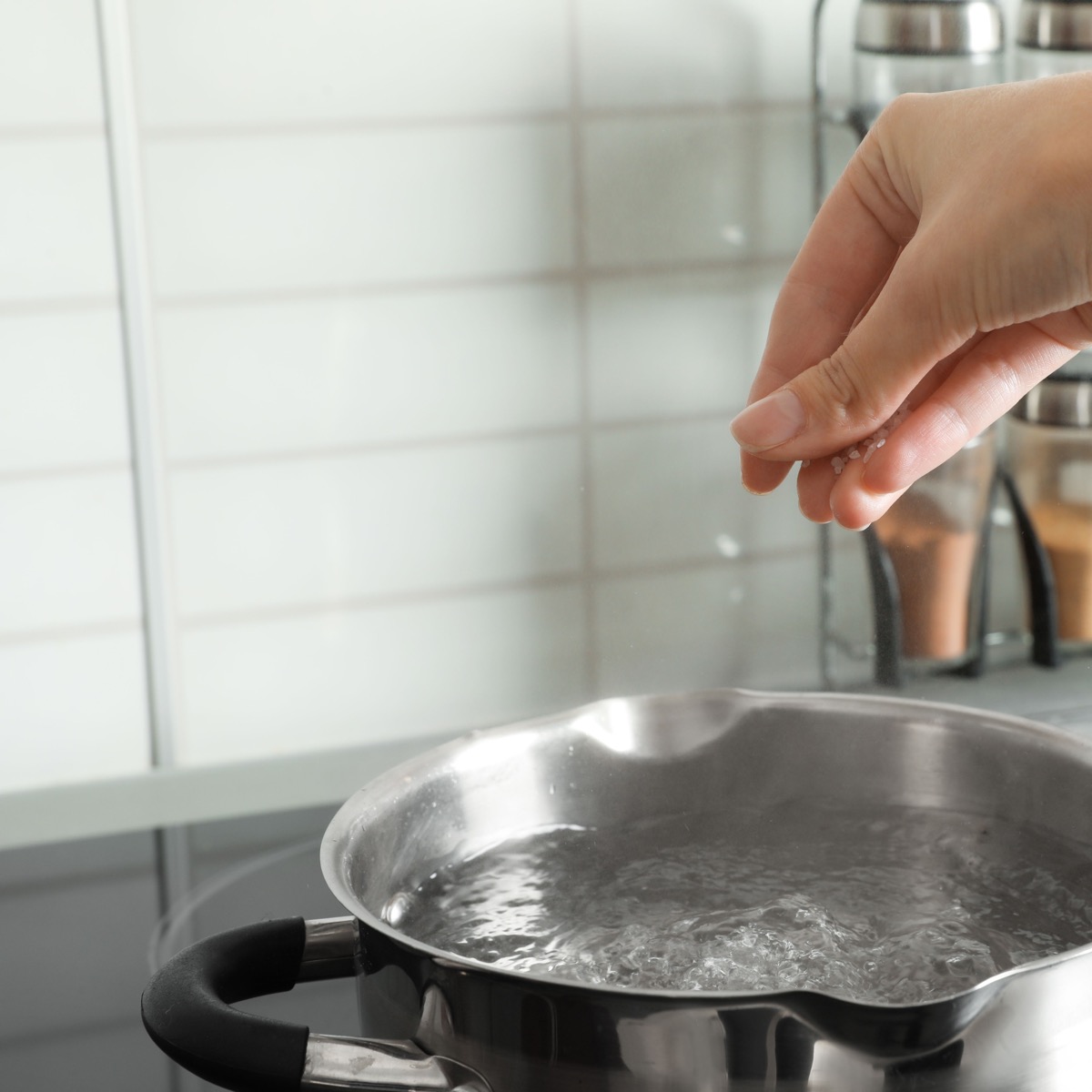
Adding Pasta to the Water
Don’t Crowd the Pot
Sometimes it can be a pain to lug out your huge pot to boil up some pasta, so you just use a small saucepan, break the noodles up and set it to boil. You return a few minutes later to find your pasta all gummy and stuck together.
Since pasta is made of wheat flour, it contains a lot of starch. Starch is produced by all plants and is basically the way they store food. Humans have pantries. Plants have starch.
Starch does not dissolve in cold water, but once water gets hot and comes to a boil, the starch granules swell up and gelatinize. This is what makes puddings thicken.
If you are not using plenty of water to cook your pasta, you will end up making pasta pudding. The starches will swell up and stick together, and you’ll have pasta that is all stuck together.
To keep this from happening, use at least a gallon of water per pound of pasta. Don’t add the pasta until the water is at a full boil, and stir to keep the pasta from initially sticking together until the water returns to a boil and the agitation from the bubbles keeps the pasta moving.
Adding Pasta to the Water
- Bring water to a rolling boil: Make sure the water is at a full, rolling boil before adding the pasta.
- Add salt: Season the water with a generous amount of salt, about 1 to 2 tablespoons per 4 quarts of water. This enhances the pasta’s flavor.
- Gently drop the pasta: Add it slowly and evenly to the pot to prevent it from clumping together. You can use tongs or your hands to spread out longer pasta, such as spaghetti, gently.
- Stir immediately: As soon as you add the pasta, stir it for the first 30 seconds to a minute to prevent it from sticking to itself or the bottom of the pot.
- Keep the water boiling: Make sure the water stays at a rolling boil throughout the cooking process. Lower the heat slightly if it starts to foam or boil over, but maintain a steady boil.
Avoid breaking long pasta (like spaghetti or linguine) to fit the pot. Here’s why:
- Texture and Experience: Long pasta is designed to be twirled and eaten in its entire length, giving you the ideal bite and texture. Breaking it can alter the eating experience.
- Cooking Efficiency: As the pasta softens in the boiling water, it will naturally bend and submerge into the pot. A little patience ensures the entire length will cook properly without breaking it.
- Sauce Absorption: Whole strands of pasta hold sauces better, especially for traditional dishes where the length helps distribute the sauce evenly across each bite.
To cook long pasta in a smaller pot, push the ends down into the water as they soften rather than breaking them.
Adding Oil to the Pot of Water
Short Answer – NO!
DO NOT add oil to the pot of water when cooking pasta. Here’s why:
- Prevents Sauce from Sticking: Adding oil to the water can create a slick coating on the pasta, making it harder for the sauce to adhere to it later. This affects the flavor and texture of the dish.
- Sticking Isn’t a Problem: If you use enough water, bring it to a rolling boil, and stir the pasta during the first minute of cooking, the pasta shouldn’t stick together, making the oil unnecessary.
- Unnecessary Grease: Adding oil contributes unnecessary grease to the dish, and it doesn’t improve the pasta’s texture or taste.
For best results, skip the oil, stir the pasta frequently while it cooks, and use well-salted water to enhance flavor and prevent sticking.
Bland Pasta
Dried pasta doesn’t contain any salt, so it will taste very bland. Don’t think that you can save bland pasta by serving it with an overly-salted sauce. You’ll just end up with salty sauce on bland pasta.
The Fix—Salt the Water
Think of pasta cooking as the noodles absorbing boiling liquid until it is soft and flexible. It stands to reason that the pasta will take on the flavor of water liquid is absorbed.
To adequately season your pasta, cook it in well salted water. The water should taste like the ocean.
You will need about 1 tablespoon per gallon. While this might seem like a lot of salt, keep in mind that only a small amount will be absorbed and the rest will go down the drain.
For additional flavor, you can even consider cooking your pasta in boiling chicken or vegetable broth instead of salted water.
Mushy Pasta
Pasta left to cook too long will continue to absorb water and then swell up as all the starches in the noodles fully gelatinize. Not only will their texture be mushy, they will also easily break up when stirring or attempting to serve them, and they won’t be as nutritionally viable.
For one thing, with all the starches gelatinized, the complex carbohydrate structure of the pasta will be compromised and its glycemic index will rise since the body will break it down more quickly. Suffice to say that overcooked pasta is unappetizing.
The Fix—Set a Timer
Most boxed pastas come with a suggested cooking time. Start checking your pasta a good three or four minutes before the low end of the range given. For example, if the box says 10-12 minutes, start checking it in 6-7 minutes. What you’re looking for is a texture called “al dente.”
Al dente is an Italian term that literally translates to “to the tooth.” This means that the pasta should offer some resistance when you bite into it.
What you should see when you break apart of al dente spaghetti, for example, is cooked pasta surrounding a small dot of uncooked pasta. When you bite into al dente pasta, you shouldn’t hear a crunch, but there should be definite resistance as you bite through the middle.
Many people think that you can tell whether pasta is done by throwing it against a wall. All this really does is make a mess. Besides, your wall won’t be eating the pasta, you will. Do yourself, and your walls, a favor and taste for doneness instead.
Save Some of the Pasta Water BEFORE You Drain It
Pasta cooking water is a secret weapon in creating perfect pasta dishes. Here’s how you can use it to your advantage:
- Thicken and Emulsify Sauces: The starchy water helps sauces bind to the pasta, creating a smooth, velvety texture. Adding a ladle of pasta water to your sauce lets it thicken without becoming too heavy or oily.
- Adjust Sauce Consistency: If your sauce is too thick, adding a small amount of pasta water helps loosen it to the desired consistency while retaining flavor.
- Enhance Flavor: The salt in the water adds a subtle seasoning to the sauce, boosting its overall taste.
- Reheat Pasta: If the pasta starts to dry out while sitting, adding a splash of pasta water helps rehydrate and revive it without making it soggy.
To use pasta water effectively, reserve about a cup just before draining the pasta and add it incrementally to the sauce until you achieve the desired texture and consistency.
When Is the Pasta Done Cooking?
Pasta is done when it reaches the “al dente” stage, which means it is cooked but still firm to the bite. Here’s how to tell when it’s ready:
- Taste Test: The most reliable method is to taste a piece of pasta about a minute or two before the package’s recommended cooking time. It should be tender but slightly resistant when you bite into it.
- Visual Check: Cut into a piece of pasta. The center should no longer have a white or chalky core, indicating it’s fully cooked but still have a firm texture.
- Cooking Time: Follow the package instructions, but remember that times can vary slightly based on the pasta type and your preferred texture. Start checking the pasta 1-2 minutes before the recommended time.
Remember that pasta continues to cook slightly after it’s drained, especially if you mix it with a hot sauce, so it’s better to err on the side of slightly undercooked for a perfect “al dente” result.
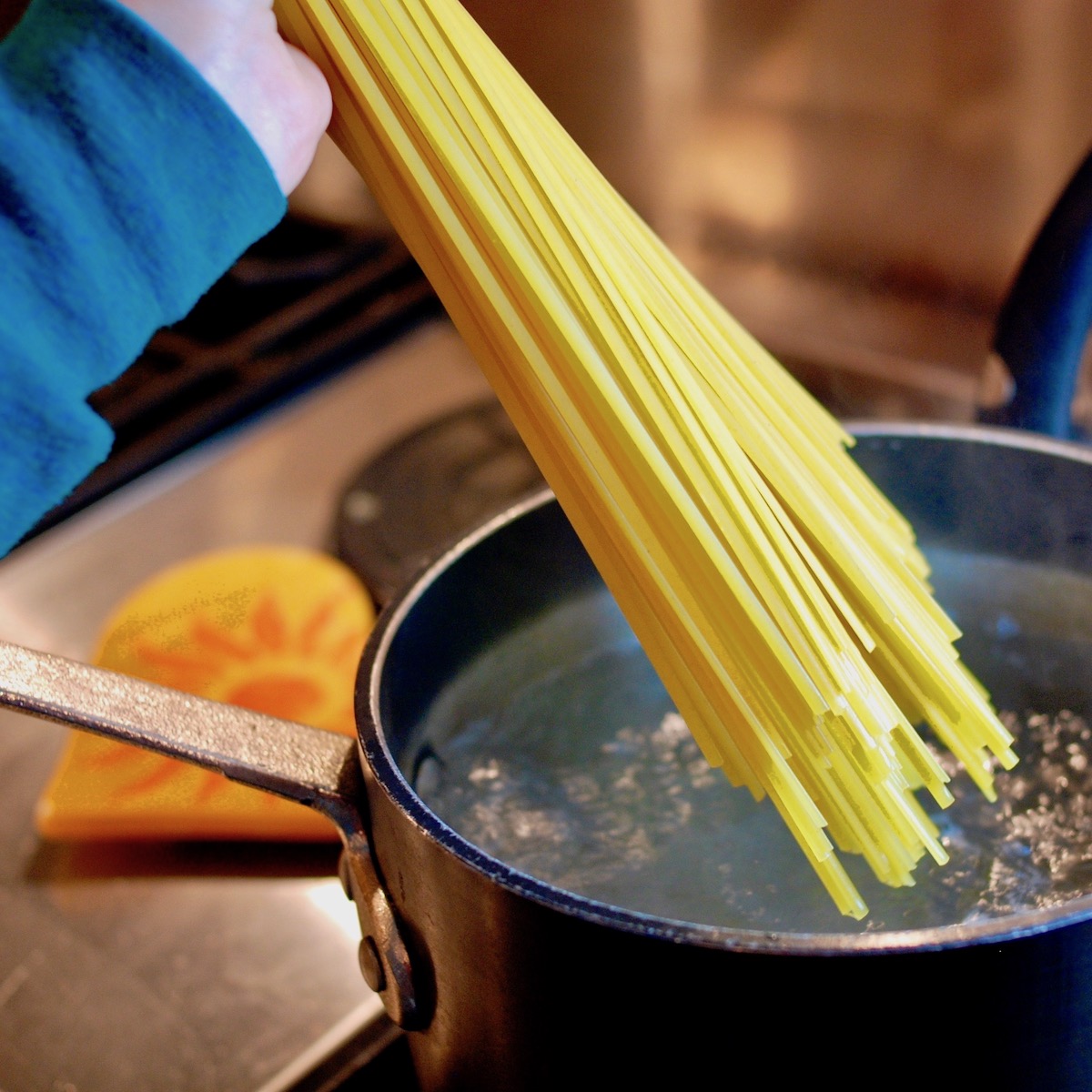
Rinse the Pasta or Not?
You should not rinse pasta after draining it. Here’s why:
- Starch Retention: Rinsing removes the surface starch that helps sauces cling to the pasta. This starch is essential for achieving a smooth, cohesive dish.
- Flavor: Rinsing can wash away some of the flavor developed during cooking, especially if you’ve added salt to the boiling water.
- Temperature: Rinsing cools down the pasta, which is not ideal if you mix it immediately with a hot sauce. It’s best to keep the pasta warm for better sauce absorption.
The only exception is if you’re using the pasta for a cold dish, like a pasta salad. In that case, rinsing can help stop cooking and cool the pasta down quickly. Otherwise, it’s best to drain the pasta and toss it directly with your sauce without rinsing.
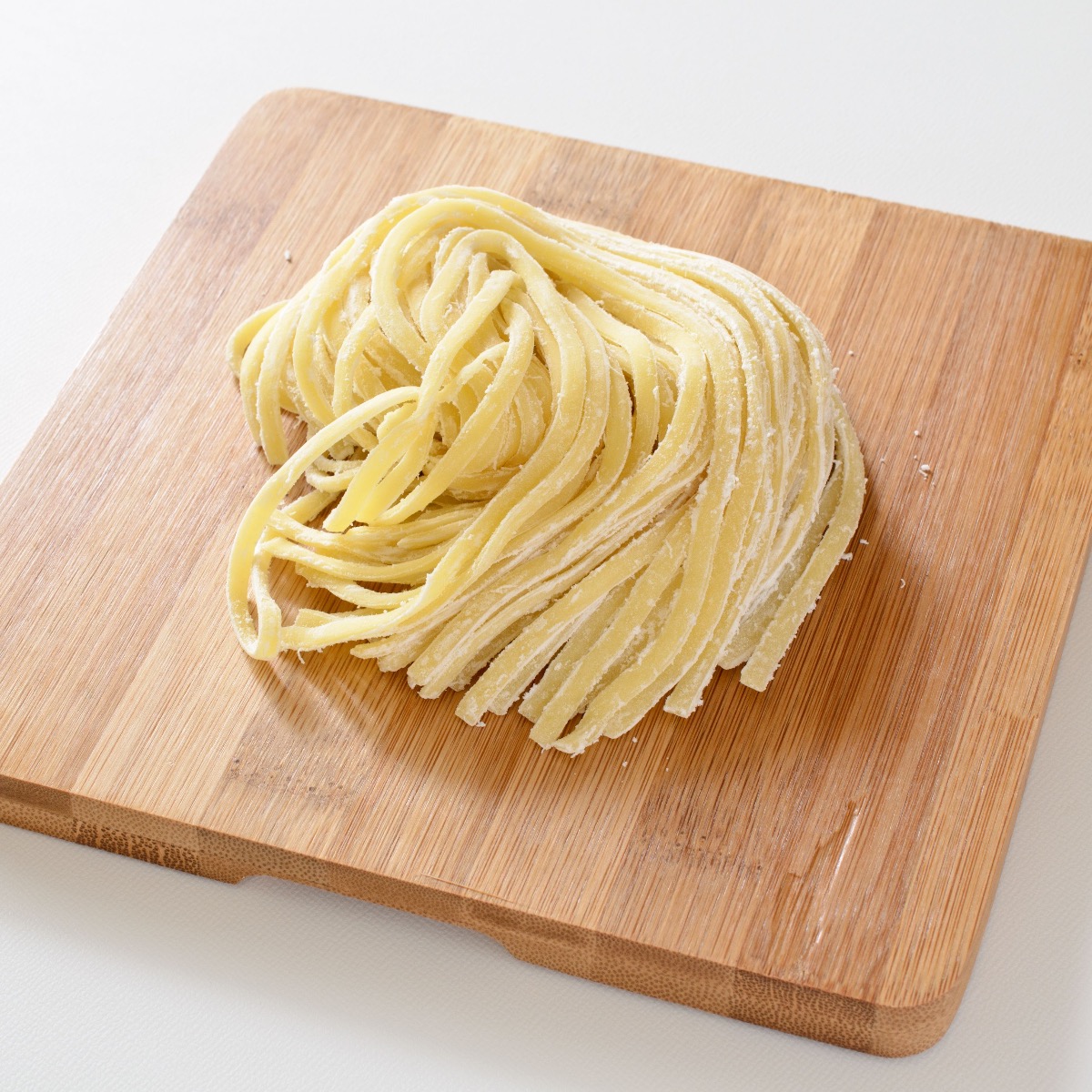
How to Cook Fresh Pasta
Cooking fresh pasta is quicker and requires slightly different techniques than cooking dried pasta. Here’s a step-by-step guide:
- Bring Water to a Boil: Fill a large pot with water (about 4-6 quarts for every pound of pasta) and bring it to a rolling boil. Season the water with salt (about 1-2 tablespoons per 4 quarts).
- Add the Fresh Pasta: Gently drop the fresh pasta into the boiling water. If it’s long pasta (like fettuccine or tagliatelle), you can either leave it whole or gently twist it before adding.
- Stir Immediately: Give the pasta a gentle stir to prevent it from sticking together or to the pot’s bottom.
- Cooking Time: Fresh pasta cooks quickly, usually in about 2-4 minutes. After about 2 minutes, start checking for doneness. It should be tender and have a slight bite (“al dente”).
- Taste Test: As with dried pasta, taste a piece to check for doneness.
- Reserve Pasta Water: Before draining the pasta, reserve a cup of cooking water. This can be used to adjust the consistency of your sauce.
- Drain and Serve: Drain the pasta in a colander, but do not rinse it, as this removes the starch that helps sauces adhere. If you’re serving it immediately, mix it with your sauce while it’s still hot.
Cooking fresh pasta is quick and rewarding, offering a delightful texture and flavor that enhances your dishes!
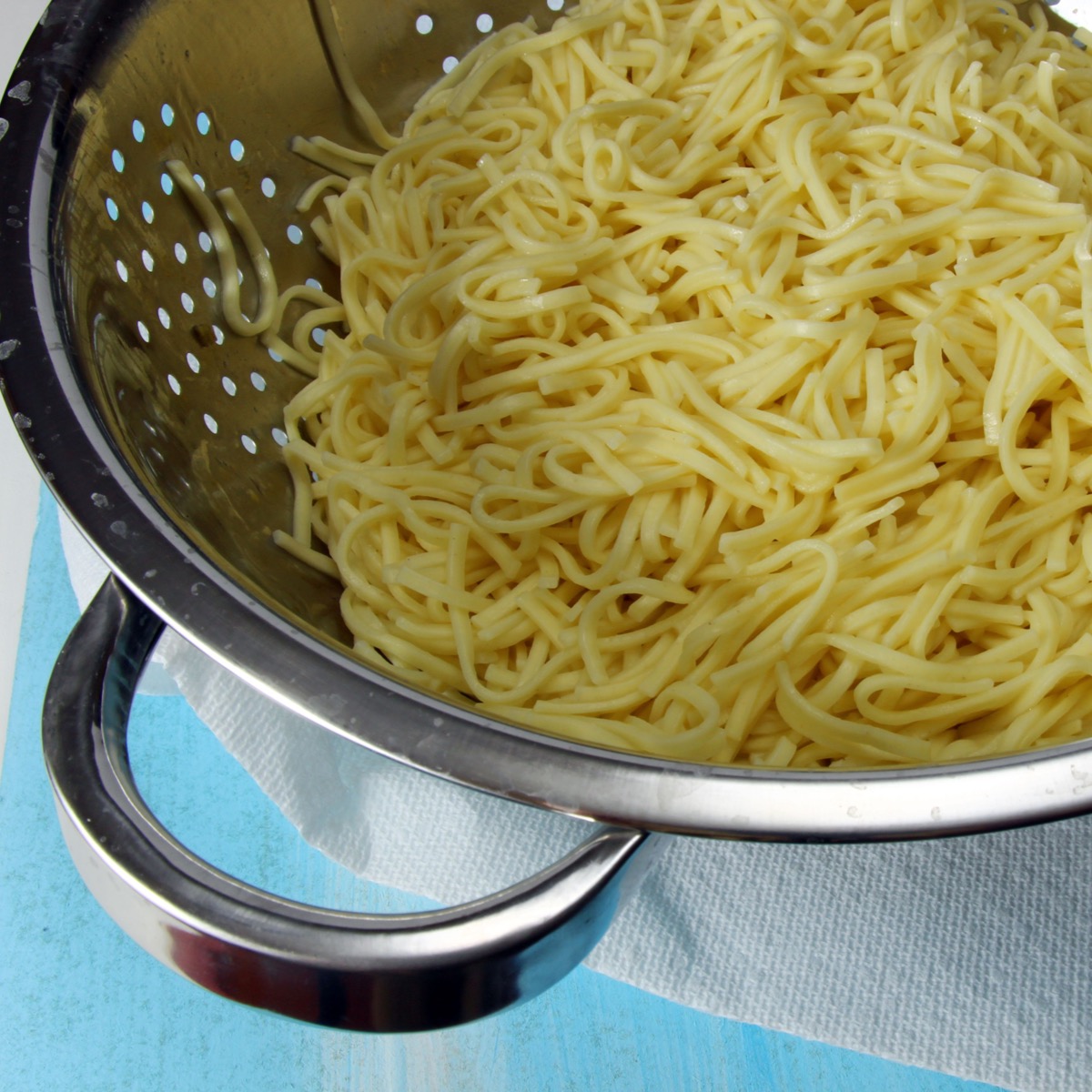
Pouring the Sauce on the Pasta
On first glance, this doesn’t seem like a mistake. How many times have we cooked pasta and then poured the sauce on top of individual servings? Probably more times than we can count.
If you do this, though, what you’re serving is pasta and sauce, not a wonderful dish made when the two elements are brought together correctly.
The Fix—Finish Your Pasta Correctly
Once you have reserved a cup of pasta water, have drained your pasta and have the sauce ready, here is a great way to marry the pasta with the sauce. I am not telling you that this is the only way, but it is tried and true, and it is the method that I use.
- Put the drained pasta back in cooking pot.
- Ladle in about ½-3/4 cup of sauce per serving.
- Add about half of the reserved cooking water to the pot.
- Over high heat, stir gently but constantly as the sauce boils and the starchy water reduces so that the sauce regains its original consistency. This should only take about one minute.
- Add a touch of fat to the pan—heavy cream, butter or olive oil would be appropriate—and continue stirring until the fat is well incorporated.
- Turn off the heat and stir in a bit of hard cheese, such as Parmesan or Romano.
Why this works:
The starch on the noodles along with the starch in the cooking water help to thicken the sauce and make it adhere to the pasta. The stirring action coupled with boiling help to emulsify the fat, lending a creaminess and silky mouthfeel to your sauce.
The cheese adds a nutty note, a little salt, and a bit of depth to the sauce. The result is that each noodle bears a thin, creamy coating of sauce.
Making Too Much Pasta
I understand how hectic life can be. The temptation is to cook a ton of pasta and eat the leftovers over the next couple of days. When you reheat your meal the next day, though, it doesn’t seem to taste as good as the first day.
The Fix—Only Make As Much As You Can Eat
Leftover pasta doesn’t taste as good as freshly cooked pasta because, in the act of reheating, you are overcooking your noodles. And we’ve already talked about how unappetizing overcooked noodles are.
Match the Right Sauce to the Right Shape
With over 350 noodle shapes ranging in size from large lasagna noodles and manicotti to tiny stars for soup, it can be a little overwhelming trying to decide what sauce to pair with what pasta shape.
If you use a light sauce on large noodles, you’ll only taste noodles. If you use a heavy sauce on small or light pasta, you’ll end up with a large pool of chunky sauce after you’ve eaten the last noodle.
The Fix—The Perfect Pairing
For pairing pasta shapes with sauces, the general rule of thumb is pair lighter, delicate sauces with smaller or finer pasta shapes. Pair hearty or chunky sauces with hearty pasta shapes.
Ribbon-type pastas, such as fettuccine, tagliatelle and papardelle pair nicely with cream sauces, hence the ubiquitous Fettuccine Alfredo. There is plenty of surface area for these silky sauces to cling to.
Light marinara and light seafood sauces pair well with long, tube-shaped pasta like capellini (angel hair), spaghetti and even linguine. Pair chunkier, heartier sauces such as primavera and Bolognese with hearty, short pasta shapes, such as rigatoni, penne, ziti.
For very small pasta shapes, such as stars and alphabets, it is best to serve them as part of a soup in a light broth.
Over Saucing
Properly cooked and seasoned pasta is a treat, both in flavor and in texture. In Italy, pasta is served as one course of a larger, multi-course meal, so it is lightly sauced so that the flavor of the pasta is prominent.
Here in America, where we generally only eat one course at home, the pasta just seems to be the vehicle to get the sauce to our mouths. This is not necessarily a bad thing, especially if you are serving a healthy sauce. If you generally bury your pasta under a mound of sauce, do yourself a favor and sauce lightly.
The Fix—Use Just Enough
Mario Batali has said that the word Italians use to denote their pasta sauce means “condiment” in English. If you consider sauce as the condiment to the pasta, it becomes easier to understand the traditional relationship between pasta and sauce.
The sauce is there to enhance the flavor and texture of the pasta, not hide it. Just as you wouldn’t put so much ketchup or special sauce on a hamburger that you can’t pick it up without its dripping everywhere, you also should only use enough sauce to coat and enhance—rather than drown —each noodle.
Pasta can be a delicious part of a healthy diet. Avoid these pasta pitfalls and you will be a pasta pro in no time.
Cooking Frozen Stuffed Pasta
Cooking frozen stuffed pasta, like ravioli or tortellini, is simple and requires minimal preparation. Here’s how to do it:
- Bring Water to a Boil: Fill a large pot with water and bring it to a rolling boil. Add a generous amount of salt (about 1-2 tablespoons per 4 quarts of water).
- Add the Frozen Pasta: Gently drop the frozen stuffed pasta into the boiling water. You don’t need to worry about thaw it beforehand; cooking it straight from the freezer is perfectly fine.
- Stir Gently: Give the pasta a gentle stir immediately after adding it to prevent sticking.
- Cooking Time: Cook the pasta according to the package instructions, usually for about 4-8 minutes. Fresh stuffed pasta may take about 4-5 minutes, while larger or denser pasta can take longer.
- Check for Doneness: The pasta is done when it floats to the surface and is tender but still firm (al dente). You can taste a piece to check its doneness.
- Reserve Pasta Water (Optional): If you plan to mix the pasta with a sauce, consider reserving some pasta cooking water to adjust the sauce’s consistency.
- Drain and Serve: Carefully drain the pasta in a colander, avoiding rinsing. You can quickly throw it with your favorite sauce or serve it with a drizzle of olive oil or butter.
Cooking frozen stuffed pasta is quick and convenient, making it an excellent option for busy weeknights.

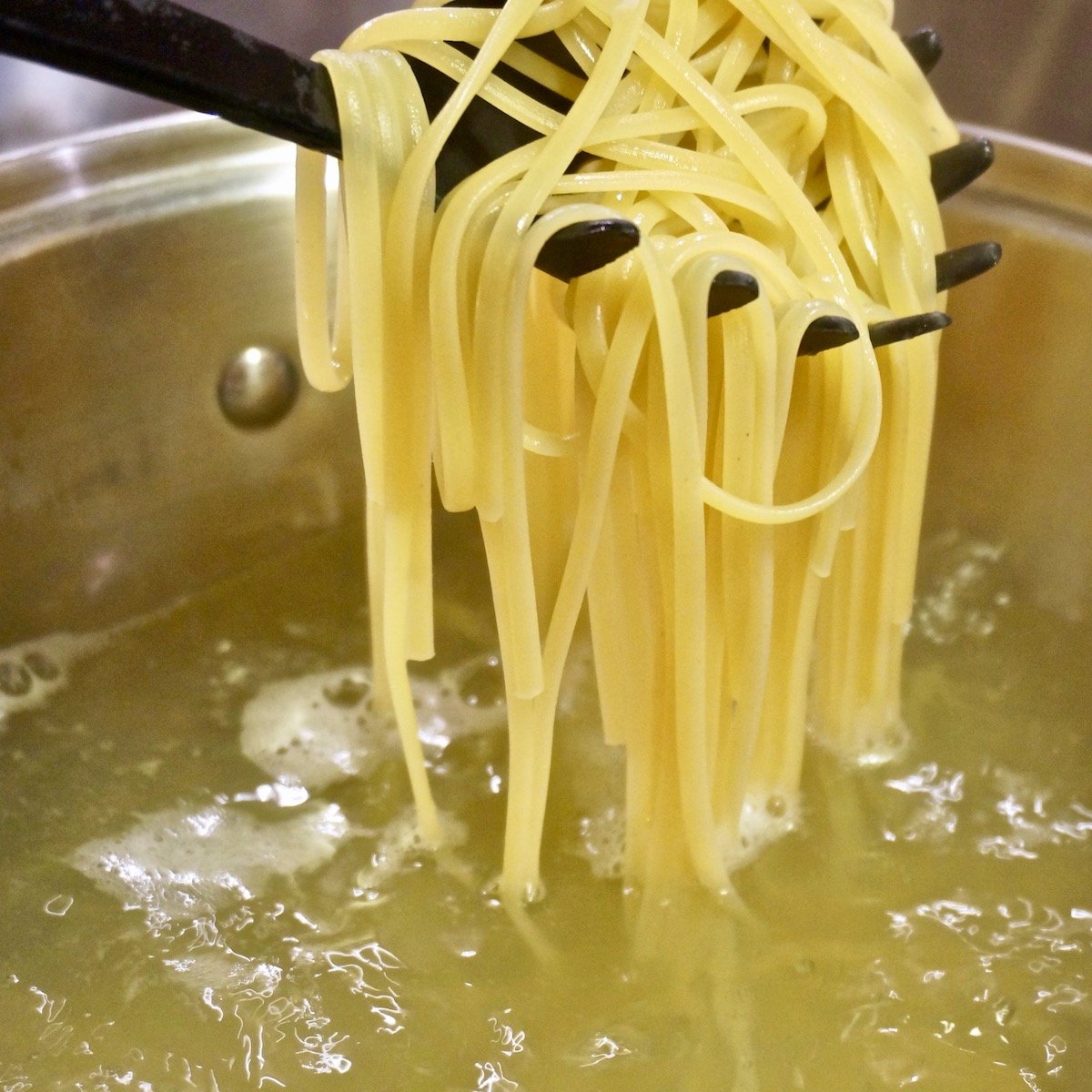

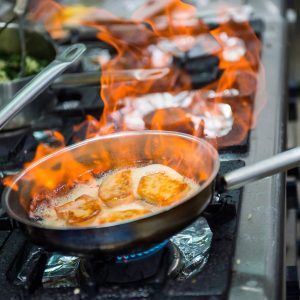

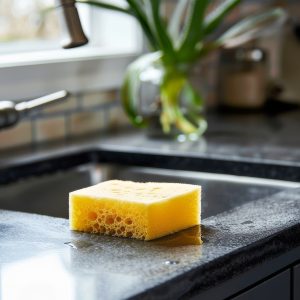
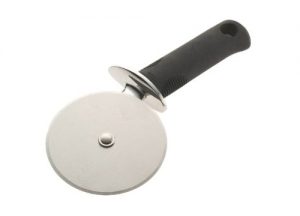
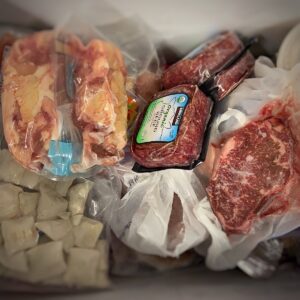
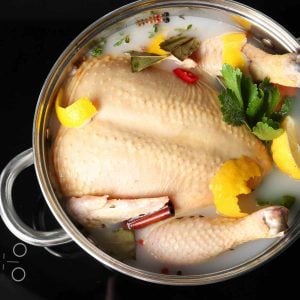
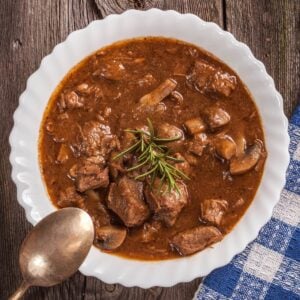
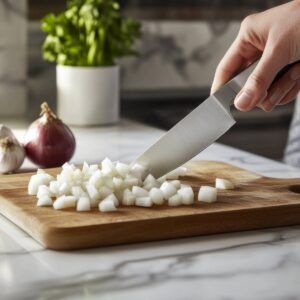
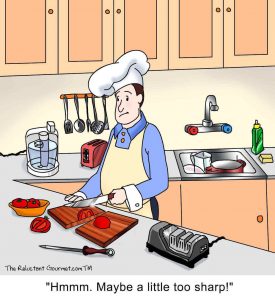


7 Responses
Why do you say “Don’t break the pasta to fit the pot”? I’ve always broken long noodles at least in half. Is it just for aesthetics or is there a specific reason for leaving them whole?
Great question CJ! I suppose if the pasta makers wanted you to serve it half sized, they would sell it that size. There must be a very good reason spaghetti and linguini are sold in that length. I’m guessing it is because that’s the perfect size to twirl on your fork for a mouthful but I’m now going to ask around. I’ll also post this question on my Facebook page and see what everyone says. Thanks for bringing up this topic CJ.
hi, now they sell pasta in half-size. i was surprised to see them on the shelves one day. i think it’s ingenius.
I used to sometimes break the pasta in half, but I really wonder: why do this? With a large-sized pot of boiling water the pasta bends and fits in the pot anyway which (I think) gives you the pasta’s best presentation. Some Italian-branded pasta is even sold in about DOUBLE the regular supermarket-sized length… so the usual length we get over here is perhaps already ‘training wheels’ size.
Of course my sister as a kid used to cut up her spaghetti in short lengths instead of twirling it around the fork… it’s all in the enjoyment you get out of it I guess.
To test when it’s done, I always take a piece out and bite into it, if there’s barely any white left in the middle it’s al dente and perfect.
Ashley, I think a lot of us do the same. Thanks for sharing.
Pasta is very tasty and useful recipe for all age people and we can make it at home easily. these tips are very effective. Thanks